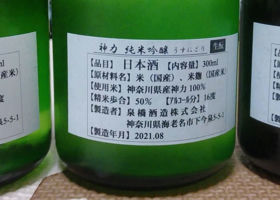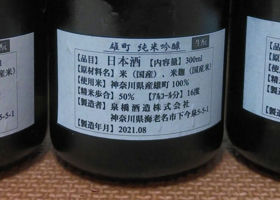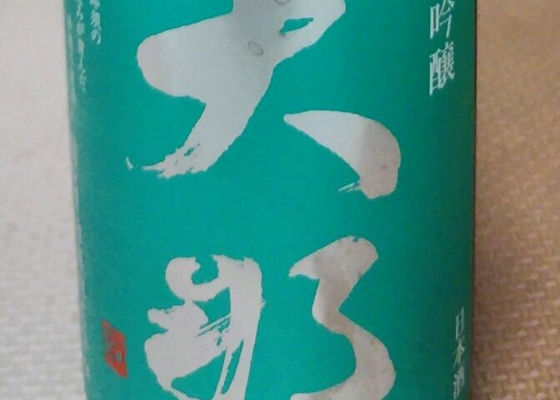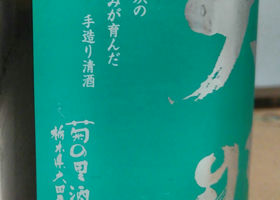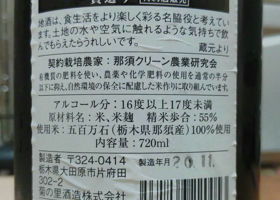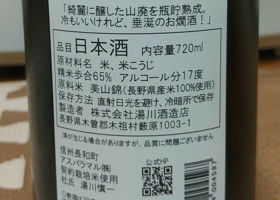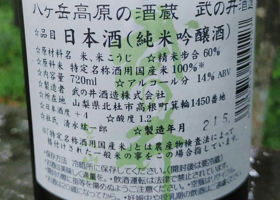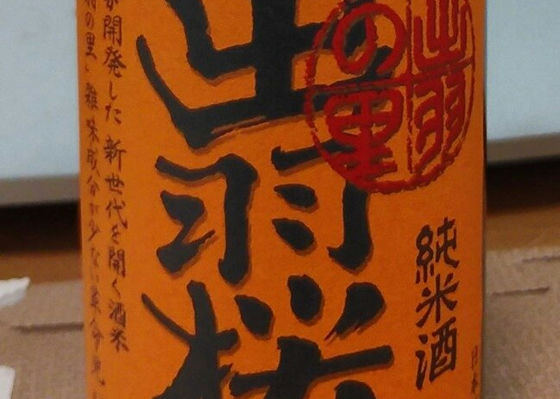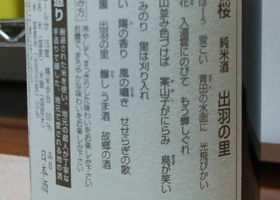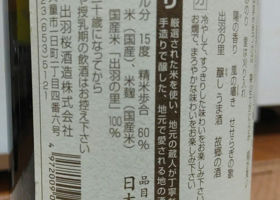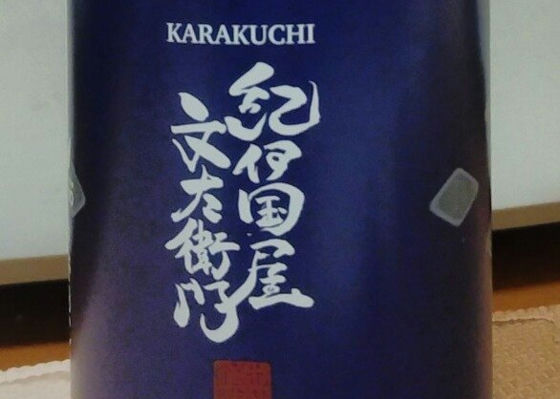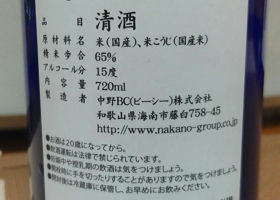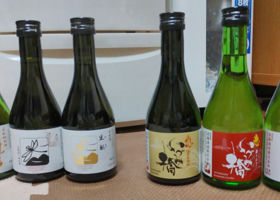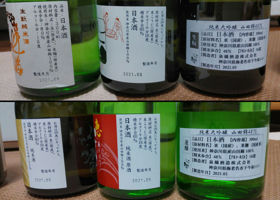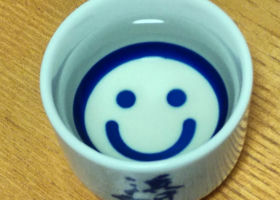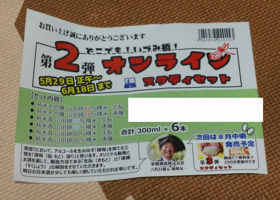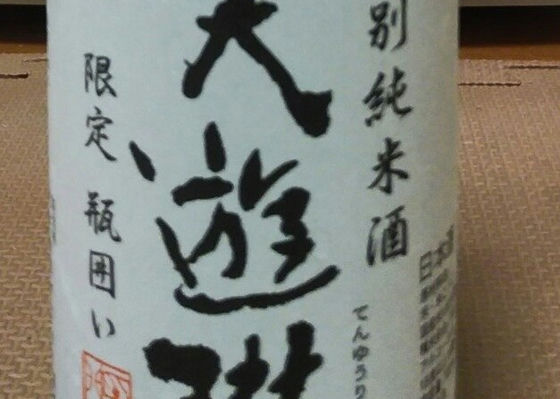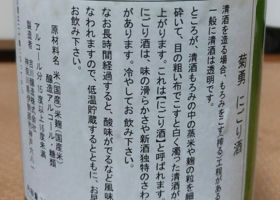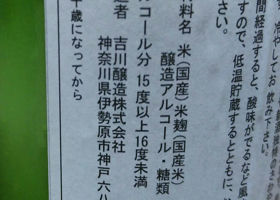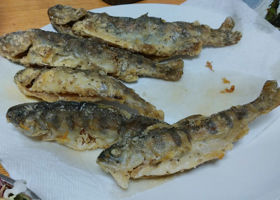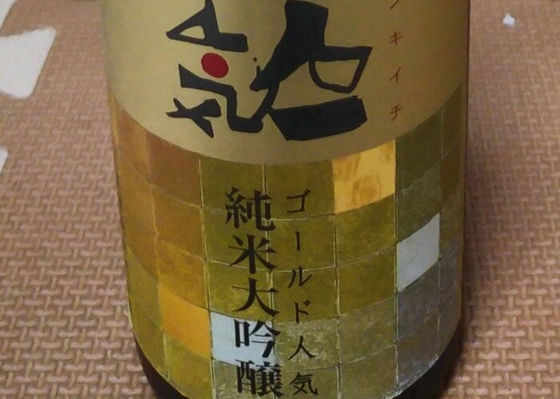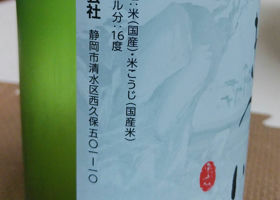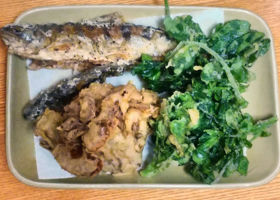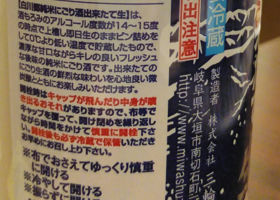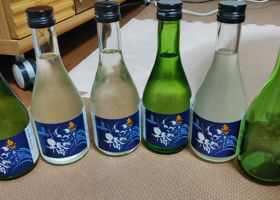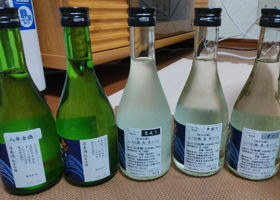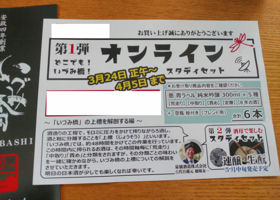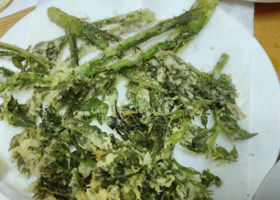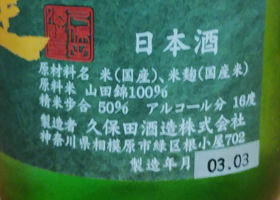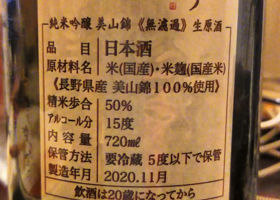
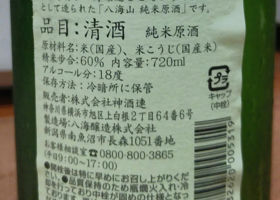
鮎三郎
My first Hakkaisan in about 20 years.
I tend to avoid light and dry Niigata sake, even though I know it's not bad, because it's the opposite of my taste. And Hakkaisan is one of the best examples of light and dry sake.
I've seen the Kanagawa-only Hakkaisan in some liquor stores for a few years now, but I've never been able to get my hands on it.
This time, I stopped by a liquor store to buy Sagamitanada, and for some reason, I noticed it.
The aroma was mild. There is no banana smell.
When you take a sip, it is still light and clean. The quality of the sake is stable, like Niigata sake, and it's not bad.
I wondered if I had made a mistake. I thought so, but...
The snacks were fried sweetfish and chicken.
I wondered if it was a good match, and as I drank it, I thought "Oh? It might be good?
Maybe it's because it's 18 degrees alcohol, the taste gradually came out.
Prejudice is a scary thing, and this sake reminded me once again that I shouldn't be afraid to drink it.
3/5 stars.
Slow starter. How about pairing it with Japanese food next time?
Japanese>English


